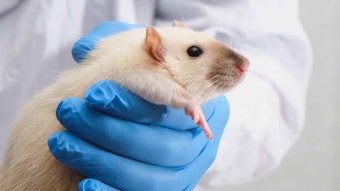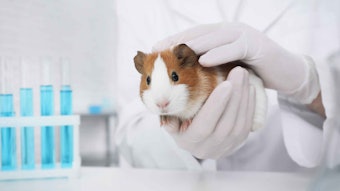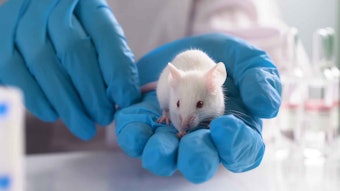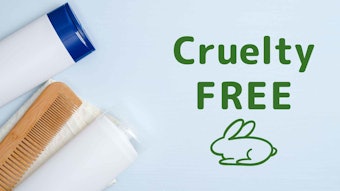
Animal-free testing for substances flagged by the EU as chemicals of concern is now possible with higher accuracy thanks to a commercial in vitro test developed by SenzaGen. The genomic, biomarker-based test, GARDpotency, can successfully identify and classify CLP Class 1A and 1B chemical substances with an accuracy of 82%, as determined by three laboratories, thus quantifying the risk to consumers of potential allergens.
Concern by Category
CLP refers to the EU's rules for classification, labeling and packaging of chemicals and mixtures of concern. CLP classification follows the Global Harmonized System (GHS) developed by the UN to create common criteria for the labelling of these substances.
Said substances, per the European Commission—which are considered as potentially carcinogenic, mutagenic or reprotoxic (CMRs)—are organized as Category 1A, Category 1B or Category 2.
Category 1A refers to known human carcinogens, mutagens or reproductive toxicants, based on human evidence. Category 1B relates to presumed human carcinogens, mutagens or reproductive toxicants, based on animal studies. Category 2, not covered by the test, designates suspected CMRs.
The GARDpotency test was shown to successfully subcategorize sensitizers according to CLP Category 1A and 1B classifications. It does so by monitoring the expression of ~50 specific genomic biomarkers.
Seeking Validation
Following this success, SenzaGen announced it has submitted the official validation report for the GARDpotency test to the relevant regulatory authorities as a complement to its validated GARDskin test—another genomic-based, animal-free test designed by the company for the stand-alone classification of potential skin sensitizers. GARDskin has also shown high efficacy; up to 93.8%.
Comparative Measures
According to the company, other initiatives to measure the potency of potential sensitizers, including animal tests, only reach an accuracy of 55–69%. This means the new GARDpotency test is much more accurate; especially when paired with GARDskin. The validation results for both tests together reportedly exceed all currently available validated methods.
Great Expectations
The company expects worldwide approval of the paired tests and recommendations from ECVAM—the EU reference laboratory for alternatives to animal testing—as well as the Organization for Economic Co-operation and Development (OECD) in 2019. The tests will be unique in that they are the only animal-free options to detect substances of concern that align with the EU’s CLP classifications.
“Potency is extremely difficult to measure," said Anki Malmborg Hager, chief executive officer of Senzagen. "We are therefore very happy to be able to report these results. In view of the impressive validation results for GARDpotency, we look forward to receiving the authorities’ response regarding GARDskin [together with] GARDpotency in 2019.
"As a consequence of these good results, we are planning to communicate sales targets for the coming years during the second half of this year. A positive response would make our allergy test the first animal-free test that can be used for classification in accordance with CLP, the EU’s standard.”
The company notes the results from the validation report will be presented at forthcoming scientific conferences.









![A 2019 petition to the House of Commons stated, 'We, the undersigned residents of Canada, draw the attention of the House of Commons ... [that] animal testing is unnecessary to prove the safety of cosmetic products.'](https://img.cosmeticsandtoiletries.com/files/base/allured/all/image/2023/01/animal_testing_ban_canada_dreamstime_m_215632720.63d313232306d.png?auto=format%2Ccompress&fit=crop&h=191&q=70&rect=0%2C73%2C1800%2C1013&w=340)
